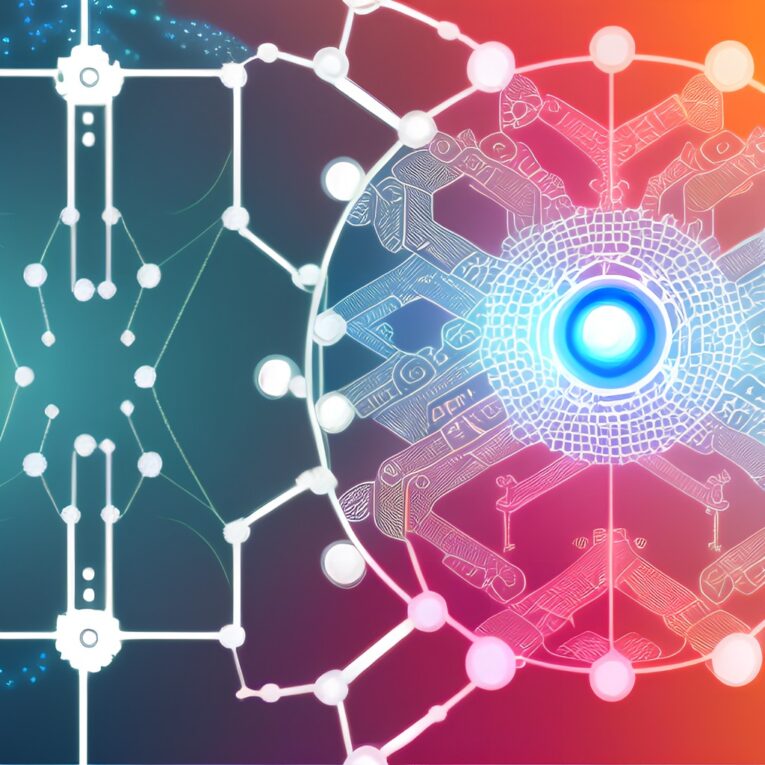Artificial Intelligence (AI) and Machine Learning (ML) are two technologies that have been creating a buzz in recent years, and understanding their differences is crucial in today’s digital landscape. The rapid growth of technology has made AI and ML indispensable in various fields, and it’s essential to understand how they work and how they differ.
Why is it important to understand these technologies? Well, they have the potential to change the way we live and work. From simplifying tasks and improving efficiency in various industries to creating expert systems that can mimic human behavior, AI and ML are becoming central to the success of many businesses.
Definition of AI and ML
So, what exactly are AI and ML? Artificial intelligence refers to a computer’s ability to perform tasks that would typically require human intelligence. Machine learning, on the other hand, involves enabling machines to learn from experience, without the need for explicit programming. While both technologies focus on automating tasks, AI seeks to emulate human intelligence in decision making, while ML is focused on learning and adapting to different inputs.
The Differences between AI and ML
The differences between AI and ML go deeper than their definitions. They differ in their learning and adapting mechanisms, with AI being more autonomous than ML.
Regarding decision-making, both AI and ML can make decisions based on data, but the level of autonomy depends on the application and the design of the system. AI systems can be programmed to make decisions autonomously, but they still require human intervention to establish objectives and constraints. Similarly, ML systems can be designed to make decisions automatically without human intervention, but they require extensive training and validation to ensure their reliability. In terms of applications, the two technologies have different use cases. AI is great for problem-solving while ML is better suited for automating repetitive processes.
The Relationship between AI and ML
Even though AI and ML differ in their learning mechanisms, they have a complementary relationship. ML plays a crucial role in AI development, as it provides the algorithmic backbone on which AI functions. The integration of both technologies has led to numerous innovations, such as autonomous vehicles and personalised medicine.
Benefits and Drawbacks of AI and ML
AI and ML have their benefits and limitations. AI can automate complex tasks, make quick, data-driven decisions, and work tirelessly 24/7. ML, on the other hand, can recognise patterns and identify trends in large datasets, making it perfect for tasks that would require manual input. However, both technologies have their drawbacks, such as the potential for biased decision-making in AI systems and the need for massive amounts of data in ML.
Real-world Applications of AI and ML
Both AI and ML have various real-world applications, from industrial automation to healthcare and e-commerce. AI and ML have led to increases in productivity and efficiency, improved customer service, and advancements in healthcare. In industrial automation, AI and ML help optimise supply chains and automate various production processes. In healthcare, AI and ML improve diagnosis and enhance patient care.
Thinking Beyond Buzzwords: Embracing the Future of AI and ML
As we have seen, AI and ML are essential technologies that will shape the future of work and life as we know it. The interplay between these technologies has given rise to numerous innovations, and their real-world applications are vast and varied. However, understanding the differences between AI and ML is crucial in harnessing their full potential. It is essential to consider the implications of these technologies on our society, and how we can mitigate their drawbacks. By embracing the future of AI and ML, we can unlock new possibilities and take on new opportunities that will drive us forward in a world that is rapidly being transformed by technology.

